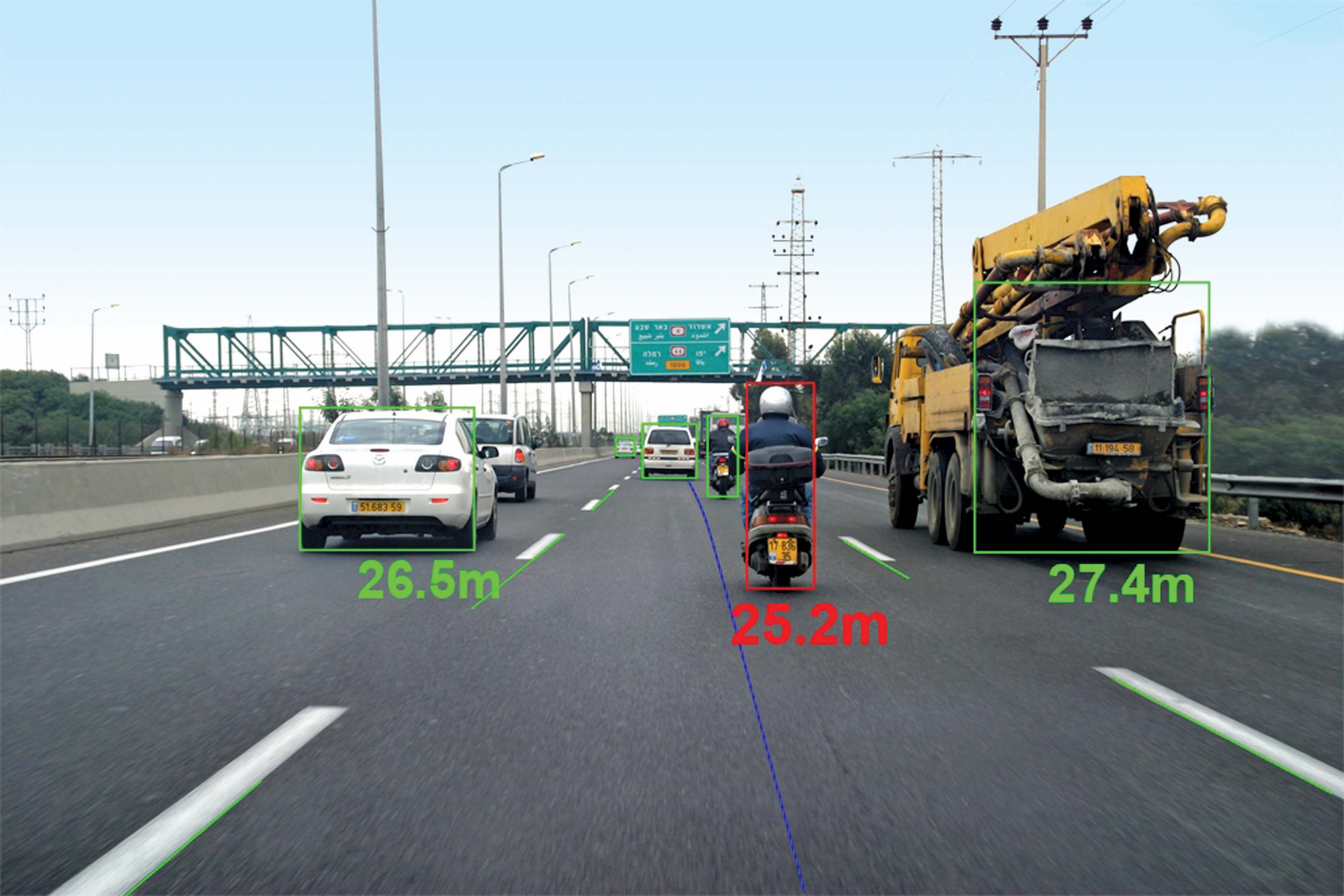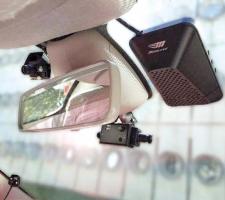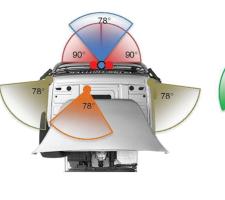
The EU’s UDRIVE project will investigate driver behaviour in terms of road safety and the decarbonisation of road transport, as Nicole van Nes and Silvia Curbelo explain.
There were nearly 25,700 fatalities on
Around 22% of the fatalities are pedestrians, 15% will be motorcycle riders and 8% cyclists. So despite the improvements in road safety over the last years, the fatality figures are still dramatic.
In a move to reduce these figures, many national and Europe-wide campaigns seek to highlight crash causation factors such as speeding or distraction. Others remind road users about compulsory injury prevention mechanisms such as wearing a seat belt or helmet or using a child seat.
Meanwhile, the decision-makers in authorities at all levels strive to reduce the number of fatalities with a top-down approach such as investing in safer infrastructures or implementing relevant legislation. In parallel, new technologies appear as a double-edged sword, either raising the toll of road fatalities by distracting drivers, or completely the opposite, contributing to the creation of a safer environment for all road users.
Given the annual death toll and number of injuries, further action is needed; but in order to take sensible measures in improving traffic safety, it is necessary to have a better understanding of the safety problems and their causes. This is the aim of the EU’s UDRIVE (eUropean naturalistic Driving and Riding for Infrastructure & Vehicle safety and Environment) project.
Spy in the car?
UDRIVE is a large-scale naturalistic driving study designed to explore road user behaviour and contribute to meeting the European (and possibly even global) road safety and environmental targets.
Traditionally, traffic safety research has relied on methods such as driving simulations, self-reports and crash investigation, among others. In the past, these methods have been key to understanding road user behaviour. However, a limitation of these methods is often the transferability of results to real-life conditions.
The strength of naturalistic driving observation, the method at the core of UDRIVE, is its capacity to allow researchers to assess drivers’ behaviour in real traffic conditions. To some extent it is like installing a spy in the car, although in this case the drivers are well informed about the observation equipment in their vehicles and the types of data it will collect.
Would the awareness of being observed not impact on the participants’ driving behaviour? Possibly, but drivers participating in similar studies showed that they forgot about the observation equipment a few days after it was installed. Similarly, when analysing the footage, researchers carrying out previous naturalistic driving studies in Europe and the US found drivers’ attitudes which suggest that they had completely forgotten about the presence of the cameras - nose picking included.
What about the treatment of personal data? Elementary, my dear Watson! Information relating to an identified or identifiable natural – for UDRIVE, video and GPS Data – will not be disclosed. Data anonymisation principles apply to personal data such as address or mobile phone, vehicle identification or GPS coordinates in the case of accidents.
Moreover, all subjects of the study have consented to be observed for research purposes. Thus, with the presence of the observation equipment revealed ahead of the experiment and no secrecy involved in the data collection system, it would be as thrilling as inaccurate to talk about a spy in the car. Let’s leave that to 007.
Driver behaviour
The UDRIVE data acquisition systems consist of CAN bus connection, cameras (eight for trucks, seven for cars and five for motorcycles) and, in the case of trucks and cars, the
Data collection started in 2015 in Spain, France, The Netherlands, Germany, Poland and the UK. More than 100 volunteer drivers of cars, trucks and scooters from these countries are already driving with cameras and data transmitters installed in their vehicles (and that number will shortly double). Participation in the study is open to those over 18 and only requires drivers to allow the equipment to be installed in their vehicles and soon afterwards they can go on with their life ‘business as usual’. In spring 2017, the equipment will be removed from the vehicles.
Thanks to the unobtrusive data acquisition system which delivers a constant flow of vehicle data, kinematic data and videos, researchers can ‘tap into’ the vehicle to understand what’s happening behind the steering wheel and the surroundings.
Beyond observing general driving habits, it is inevitable that over the three years some of these vehicles and drivers will be involved in crashes or near misses. Through direct observation, researchers will analyse incident and crash causation factors, distraction, interaction with vulnerable road users, influence of road design and fuel and the impact of driving style on fuel consumption.
Beyond video
UDRIVE is not only Europe’s largest naturalistic driving study; it is also the project with the most vehicle-mounted cameras. The resulting multi-angle view will allow researchers to get a deeper understanding of what is going on both inside and outside the vehicles.
An interesting feature of UDRIVE’s data acquisition system is the addition of the new Mobileye smart camera. The Mobileye system acts as a ‘third eye on the road’, constantly monitoring the carriageway in front of the vehicle. While Mobileye is camera-based, it is not a video recording device. Instead it uses machine vision technology to perform real-time scene interpretation, detecting different objects on the road, classifying their meaning and determining if driver action is needed within seconds.
As UDRIVE is a naturalistic study, the Mobileye smart camera is used as a sensor for observation and data gathering rather than in a system to warn drivers of potential hazards. It provides continuous information about the presence of other road users and their distance and speed in relation to the instrumented vehicle. This data enables the researchers to identify relevant situations, such as following the vehicle ahead too closely or any close interactions with cyclists and pedestrians.
It has not been possible to install Mobileye on motorcycles as it is not waterproof; but all UDRIVE cars and trucks are equipped with the system.
“We are pleased to be involved in the UDRIVE project, assisting with the ultimate aim of creating safer roads throughout Europe. Utilising Mobileye’s technology will significantly reduce the costs and time of undertaking this research,” said Iain Levy director of business development for Mobileye’s Aftermarket Division.
Results
Logging and analysing the data is a huge task which will be ongoing until nearly the end of the project. The results from the study are expected to be released at the beginning of summer 2017. These will hopefully shed light on issues about which there is limited knowledge, such as crash contributing factors, mobile phone usage, road and weather conditions and how drivers interact with pedestrians and cyclists.A number of events and publications are planned that will enable all interested parties to learn about the methodology, outcomes, recommendations and opportunities to further exploit the resulting database. The conclusions and recommendations based on the analysis of the data collected may be used by public authorities to develop measures enhancing not only road safety, but also eco-driving.
In turn, industry may use evidence from UDRIVE to develop products to enhance road safety – be that for drivers, cyclists or pedestrians. In this sense, advanced driver-support systems could be developed to prevent or act in the case of safety-critical situations. Furthermore, with a clearer picture of human behaviour at the steering wheel, industry can better draw the lines of vehicle automation.
- About the authors: Nicole Van Nes (Institute for Road Safety Research, SWOV) is the project coordinator of UDRIVE; Silvia Curbelo is responsible for communication at
374 ERTICO ITS Europe.














